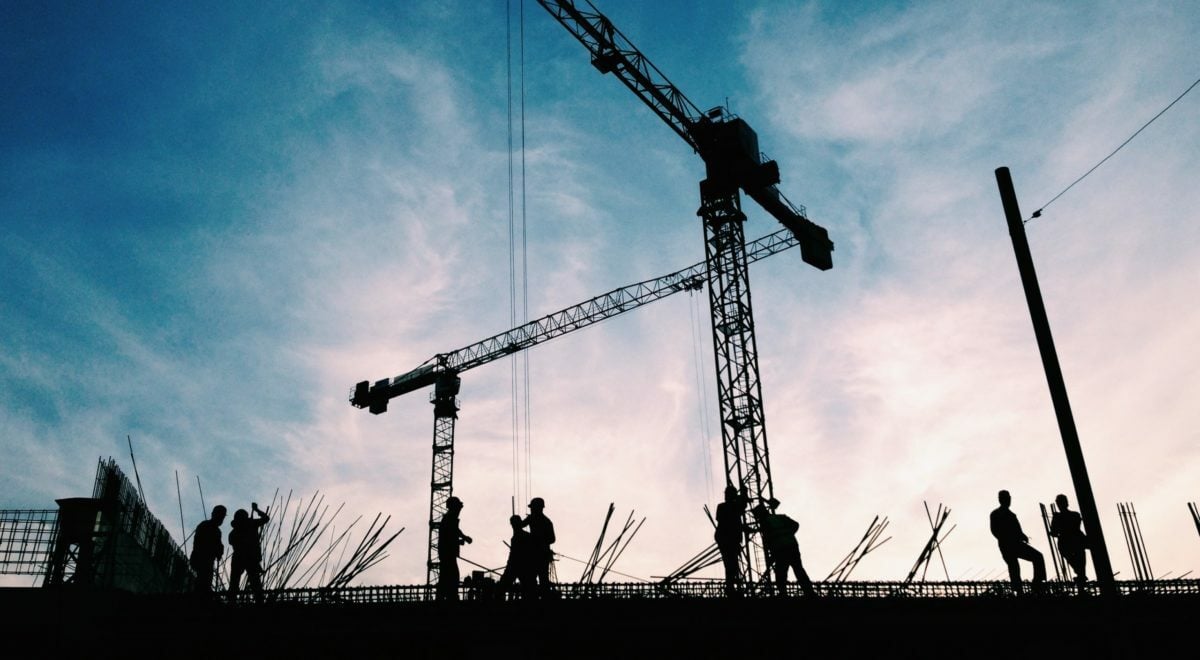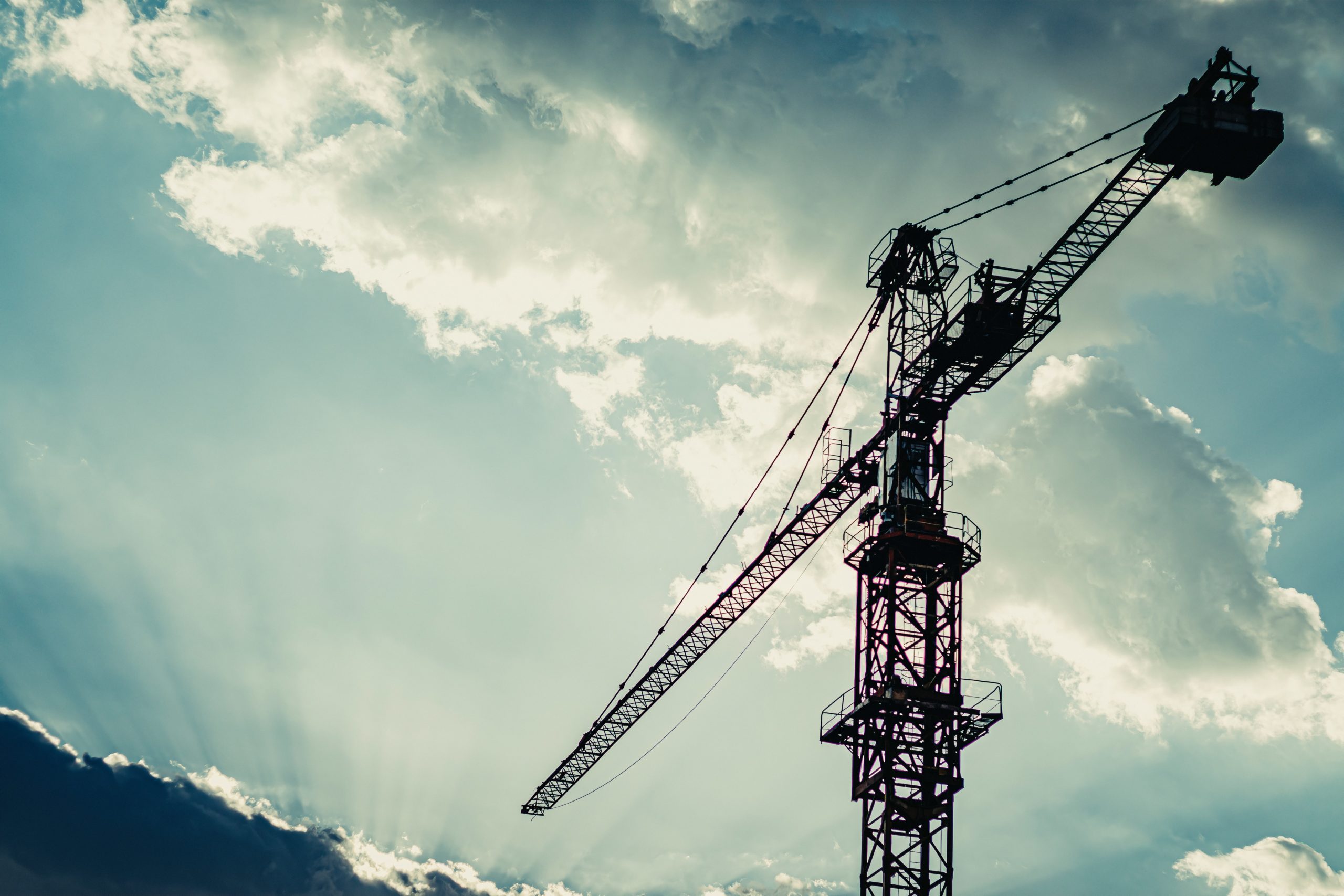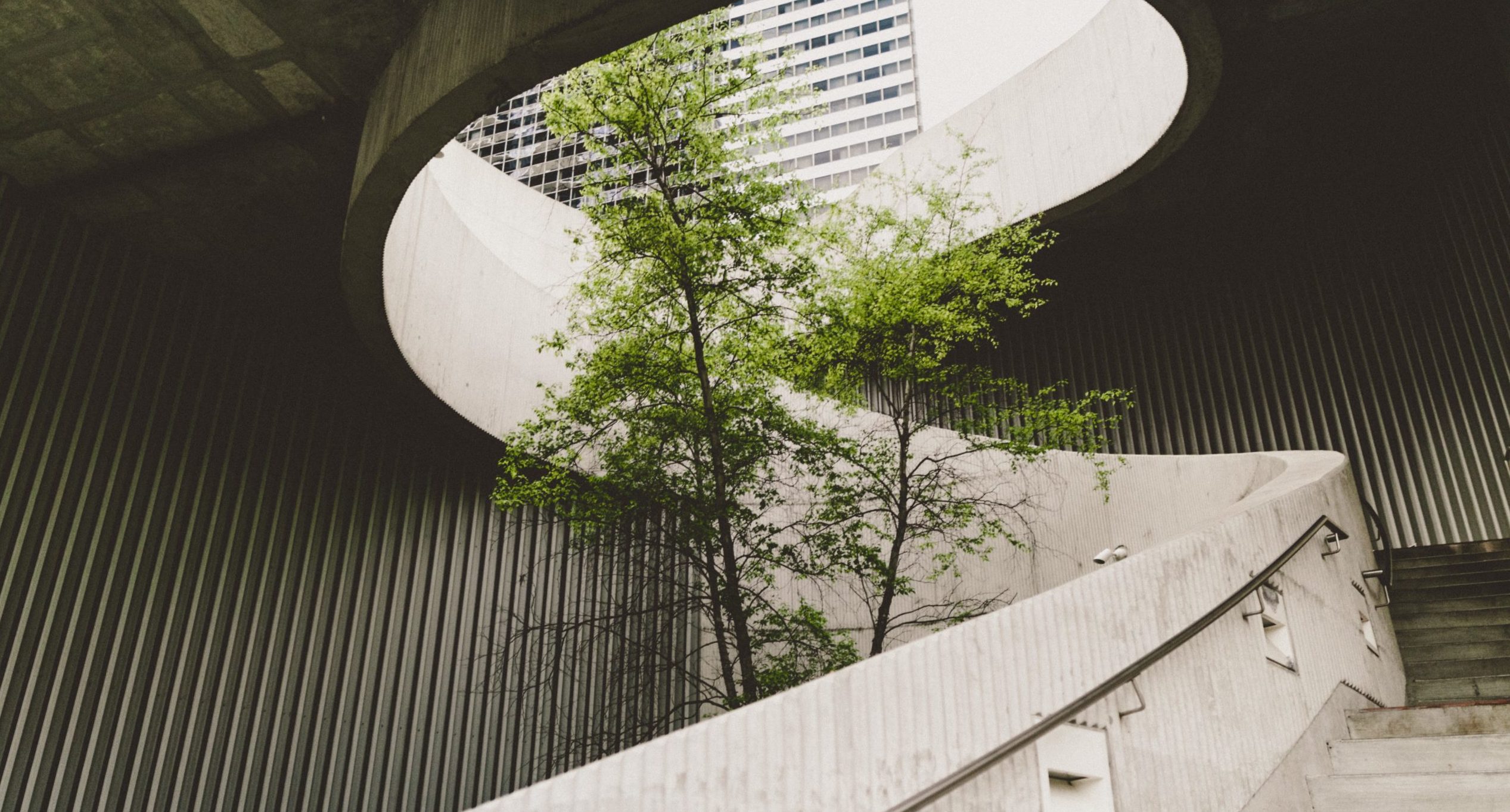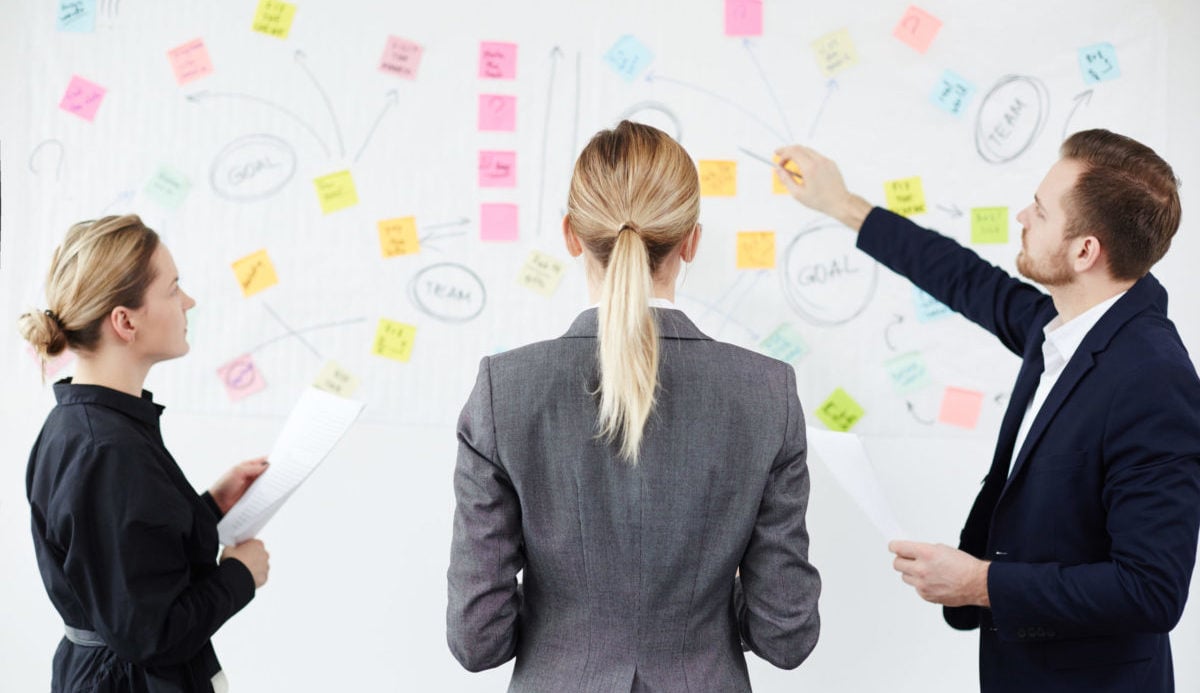Climate change is one of the biggest challenges that humanity is facing currently, and construction is one of the main industries which is criticised for its contribution to it. 2021, however, saw a change in the construction industry, with companies attempting to reduce their impact on the planet. Both private and public organisations are taking major steps towards a more sustainable future, and we’re already seeing the benefits.
We’ve put together a list of statistics that highlight the need for change, and our favourite sustainable initiatives of 2021. Here’s our Top 20: Sustainable Construction Management Statistics of 2021.
General Construction Statistics
1. The construction industry is the world’s largest industry
(McKinsey)
The construction industry is the world’s largest industry, employing 7% of the world’s working-age population, worth over $13 trillion and accounting for roughly 13% of global GDP.
2. Emissions from the building sector account for 38% of global CO2 emissions
According to the UN, energy consumption from building operations has remained largely steady over the last few years. However, there has been a shift towards electricity which has a higher carbon content from its production process. This has led to a 9.95 gigatonne increase in CO2 emissions from 2019.
3. 30% of all building materials end up as waste
(Waste)
This research article estimates that as much as 30% of total building materials weight ends up as waste. The majority of that waste ends up in landfills. In the EU, 75% of construction and demolition waste is sent to landfills, and in the UK waste accounts for more than 50% of total landfill volumes.
Sustainable Construction Statistics around the World
4. Global sustainable building materials market to grow to $425.4b by 2027
In 2020, the green building materials market in the US is estimated at $64.6 billion. In China alone, the market is expected to reach $84.8b by 2027.
5. By 2025, sustainable architecture aims to reduce up to 84 gigatons of CO2 emissions.
(World Green Building Council)
As more sustainable structures are being built, the World Green Building Council expects that sustainable structures will play a significant role in reducing global carbon emissions. This is particularly due to the increased emphasis on constructing buildings and infrastructure to be environmentally friendly, and designing buildings which embrace renewable energy or recycled resources.
This changing perspective is being pushed forward through the World Green Building Council’s Net Zero Carbon Building Commitment. This commitment includes 38 signatories (12 businesses, 22 cities and 4 states and regions) to kickstart the decarbonisation of built environments.
6. Sustainable buildings can potentially reduce energy consumption by 50% or more by 2050
(World Green Building Council)
One of the key ways the Net Zero Carbon Building Commitment will be achieved is by reducing energy consumption. The building sector is currently responsible for roughly 40% of primary global energy consumption. With energy efficiency in mind, energy requirements can be significantly slashed and reduce its impact on climate change.
7. 47% of building professionals expect to make the majority of their projects sustainable by 2021
(World Green Building Council)
A survey of over 2,000 industry professionals revealed there is increasing interest in more sustainable practices within the construction industry. The 2018 Green Building Trends report reveals that global industry leaders are aiming to make at least 60% of their projects sustainable or are investing in renewable energy.
Sustainable Construction Management in US
8. The US market for sustainable building is expected to reach $99.8 billion by 2023
There has been an increased demand for sustainable and eco-friendly solutions in the non-residential sustainable building market. As sustainable alternatives become more accessible and affordable, the association of sustainable buildings being overly expensive is slowly being proved wrong, and their benefits are being promoted instead.
9. Leadership in Energy and Environmental Design (LEED) – certified buildings in the US achieve 25% energy savings
(World Green Building Council)
Not only have they been recorded to consume 25% less energy, LEED buildings also consume 11% less water than non-sustainable buildings.
10. The state of California has made an Energy Efficiency Strategic Plan that aims to make all new residential constructions in the state net zero energy by 2020
(California Public Utilities Commission)
We don’t have to wait for action! Governments and states are joining in to help make the goal of a more sustainable construction industry a possibility. The robust plan also aims to make all new commercial construction net zero by 2030.
11. The education sector makes up 17% of sustainable building in the US
(Statista)
Though the sustainable buildings market is largely dominated by the commercial office sector taking up 21% of the market, the education sector is also leading the change.
Sustainable Construction Management in Australia
12. Construction, building operation and maintenance make up 25% of Australia’s greenhouse gas emissions
With the population estimated to grow to 30 million by 2030, the excessive emissions from the construction industry do not bode well for Australia’s ability to meet Paris Agreement commitments.
13. Green-Star Certified building in Australia produce 62% less greenhouse emissions
(Green Building Council of Australia)
Over 12 million square meters of building space in Australia is Green-Star certified and produces 62% fewer emissions than non-green buildings. They also have the added benefit of wasting 51% less portable water.
14. Australia has the highest percentage of construction industry professionals working in the sustainable building space
(Green Building Council Australia)
A survey of over 20,000 industry stakeholders from 86 countries showed that 94% of Australian respondents were involved in some form of sustainable building project. Further, 46% reported that more than 60% of their projects were in the sustainable building space, the highest of any country.
15. Buildings with Green Star as-built certification have recycled 96% of their construction and demolition waste
(Green Building Council Australia)
In 2019, construction and demolition waste hit 27 million tonnes in Australia, accounting for 44% of all waste and hitting an increase of 61% from 2007 levels. These achievable cost savings will make significant improvements towards nationwide waste reduction.
Sustainable Construction Management Benefits
16. Sustainable or Green Buildings are 7% more likely to experience an asset value increase than non-green buildings
(World Green Building Council)
Contrary to popular belief that sustainability is a cost-heavy investment, reports show that building owners of green buildings (both new and renovated buildings) commanded a 7% increase in asset value.
17. Working in green office environments significantly improves cognitive performance by 61%
(Harvard School of Public Health)
Most people spend up to 90% of their day indoors. With green offices intentionally making space for green spaces, improved ventilation, and energy efficiency, the benefits for workers have been significant. Research shows that working in green environments leads to significant increases in crisis response (97% higher score than non-green environments), strategy (183% higher) and information usage (172% higher).
18. Sustainable construction significantly reduces the strain on local resources
While the initial high costs of sustainable buildings are a common deterrent to sustainable construction, building maintenance is not only costly but resource-heavy. In the United States, buildings account for 39% of energy use, 30% of landfill waste and 68% of total electricity consumption. Sustainable buildings help alleviate the pressure on buildings on local resources, and preserve those resources for future generations.
19. Alternative construction methods like prefabrication consume up to 67% less energy
Modular construction has additional benefits to cutting down energy consumption by 67% during the construction process. It also gives owners the added benefits of long-term reduced energy usage of up to 82% from their non-sustainable counterparts.
20. Sustainable buildings significantly reduce operating costs
The most important reason why firms decide to invest in sustainable buildings is the cost savings. Reports show that expected savings from sustainable building range from 10% up to 52% over the next five years.
Start building sustainably with pmo365
Now you have all the stats you need to understand where the project management industry is heading. pmo365 has a rich history with the construction industry. We’re passionate about building the solutions for greater visibility and efficiency across all your project portfolios. If you want to know more about sustainable construction projects, check out our Complete Guide to Sustainable Project Management and talk with our experts about how pmo365 can transform your project delivery.













